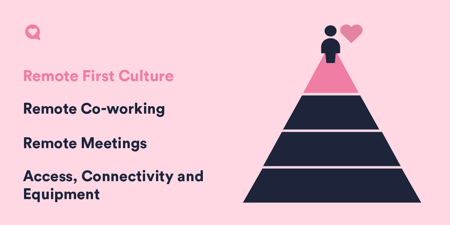How do you make a business case for employee experience measurement?
We’ll talk about employee experience and some reports and research we found on the significance of it to the company’s business and profits. Also what affects it and then some practical things on how you can make your business case and make it part of your IT budgeting.
Related content

6 minute read
06.05.2020
Create a Remote First Culture for your Enterprise
Remote working - the new challenge on how to drive a positive employee experience and increase your employees happiness ...
Read more >
11 minute read
30.06.2021
How to use Real-time Experience Data in ServiceNow to understand where End-users struggle the most
There has long been a disconnect between the corporate IT department’s view of their service and support capabilities ...
Read more >
